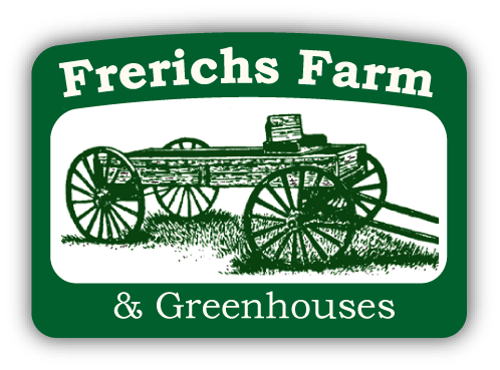Shade Tolerant Annuals
Shade annuals thrive when they receive less than three hours of direct sun each day. Shade loving annuals typically faint if exposed to direct sun throughout the day.
Begonia
There are three types of Begonias: Tuberous, Semperflorens, and Rex. The Semperflorens are by far the most common. They include Fibrous Begonias, Wax Begonias and Everblooming Begonias. Depending upon type, you can find red, white, pink, or yellow varieties. All flowers have a bright yellow eye (center). All varieties will grow compact, dense foliage, and grow about 6-12 inches tall. They like rich, loose and fertile soil, which drains well. Water thoroughly, then allow the soil to dry before the next watering. Begonias like attention. Remove dead flowers, leaves, and stems. Trim off long stems to help retain its compact shape. A little care will pay you back with lusher foliage and more blooms.
Browallia
The sapphire-blue flowers are grown in beds and borders. The compact plants make good edges for a tall border and are excellent container plants.
Caladium
These feature large, spear- or arrowhead-shaped leaves on long stems. Depending on weather and soil, each leaf can grow up to 12 inches in length on 1-foot stems. Caladiums are unparalled for foliage color in bright, shady beds or borders, window boxes or containers.
Coleus
Coleus leaves are banded and veined with multiple colors like purple, lime, red, brown, white, and copper, in a variety of lacy or plain shapes. Leaf size can be from 1 to 6 inches, and plants have a mounded shape anywhere from 6 to 36 inches tall and almost as wide. Coleus grows best in moist, rich soil in partial shade.
Fuchsia
Also known as Bleeding Hearts because their blooms fall down and resemble hearts.
Impatiens
Flowers are pink, red, white, and orange with many bicolored variants. Foliage is deep, glossy green or bronze in color. Most specimens grow 12 to 15 inches high. Impatiens requires lots of moisture and fertilizer to bloom well. In deep shade, bloom diminishes.
Torenia
forms a compact mound about 1 foot high with many branches. Leaves are oval or heart-shaped. The flowers look a bit like open-faced snapdragons with prominent markings on the petals. The most predominant color in the past was blue, but new varieties are pink, rose, light blue, and white. Most carry yellow, but some may have deep blue or purple markings. Torenias grow best in rich, moist, well-drained soil.
